depictions of
The Classic Male Nude
‘RESTING SWIMMER’
(Male Nude Study)
Vittorio Carvelli
(based on the ‘Neptune Pool’ – Hearst Castle – La Cuesta Encantada – San Simeon)
‘THE BIG SPLASH’
(Male Nude Study)
Vittorio Carvelli
(based on the ‘Neptune Pool’ – Hearst Castle – La Cuesta Encantada – San Simeon)
‘BOY IN THE POOL’
(Male Nude Study)
Vittorio Carvelli
(based on the ‘Neptune Pool’ – Hearst Castle – La Cuesta Encantada – San Simeon)
‘NUDE SWIMMER’
(Male Nude Study)
Vittorio Carvelli
(based on the ‘Neptune Pool’ – La Cuesta Encantada – San Simeon)
‘BOY WITH RED HAIR’
(Male Nude Study)
Vittorio Carvelli
(based on the ‘Neptune Pool’ – La Cuesta Encantada – San Simeon)
‘STRETCHING BY THE POOL’
(Male Nude Study)
Vittorio Carvelli
(based on the ‘Neptune Pool’ – La Cuesta Encantada – San Simeon)
‘PLAYING IN THE POOL’
(Male Nude Study)
Vittorio Carvelli
(based on the ‘Neptune Pool’ – La Cuesta Encantada – San Simeon)
‘BOY WITH A BLUE TOWEL’
(Male Nude Study)
Vittorio Carvell
(based on the ‘Neptune Pool’ – La Cuesta Encantada – San Simeon)
‘FLEXING SWIMMER’
(Male Nude Study)
Vittorio Carvelli
(based on the ‘Neptune Pool’ – La Cuesta Encantada – San Simeon)
THE NEPTUNE POOL
The Neptune Pool is the name of the outdoor swimming pool at ‘La Cuesta Encantada’ (Hearst Castle) in San Simeon, California.
It is fed by mountain water and is surrounded by ancient Roman style columns and statues.
Designed by architect Julia Morgan, the Neptune Pool was started in 1924 and was finally completed after several redesigns and re-buildings in 1936.
On March 31, 1924, W.R. Hearst – (April 29, 1863 – August 14, 1951) – wrote in a letter to Julia Morgan – (January 20, 1872 – February 2, 1957) , “I am sending back the plan of the temple garden with the suggestion that we make the pool longer than it is, as long as a swimming pool.”
On June 17, 1924, Morgan wrote that the first swimming pool was nearing completion: “Neptune and the two ladies can be placed but the finished basins will take some time yet.”
The second version of the pool, a substantial enlargement, was created in 1926-1927.
This version had a series of concrete steps at the southern side called the Cascade, down which water flowed.
The Neptune and Nereid statues, presently in the temple pediment, then stood at the top of the Cascade.
The present version of the pool was under construction from 1934-1936.
It is unlikely that the enlargement was done to make it closer to Olympic size, as has sometimes been conjectured; Olympic pools are 165 feet long.
It is more likely that the colonnades and Cassou statues, which were planned from the late 1920’s, required an enlarged treatment.
Morgan anticipated further modifications of the pool for Cassou’s Neptune statuary group to be placed in the small upper pool.
The final version of the pool as it stands at the Castle today is 104 feet long, 58 feet wide and 95 feet wide at alcove.
It is 3.5 feet deep at the west end, 10 feet at drains and holds 345,000 gallons of water.
Other unique aspects of the Neptune Pool include the oil burning heating system, the light-veined Vermont marble decorating the pools and colonnades, and four 17-century Italian bas-reliefs on the sides of the colonnades.







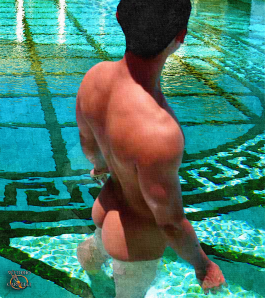















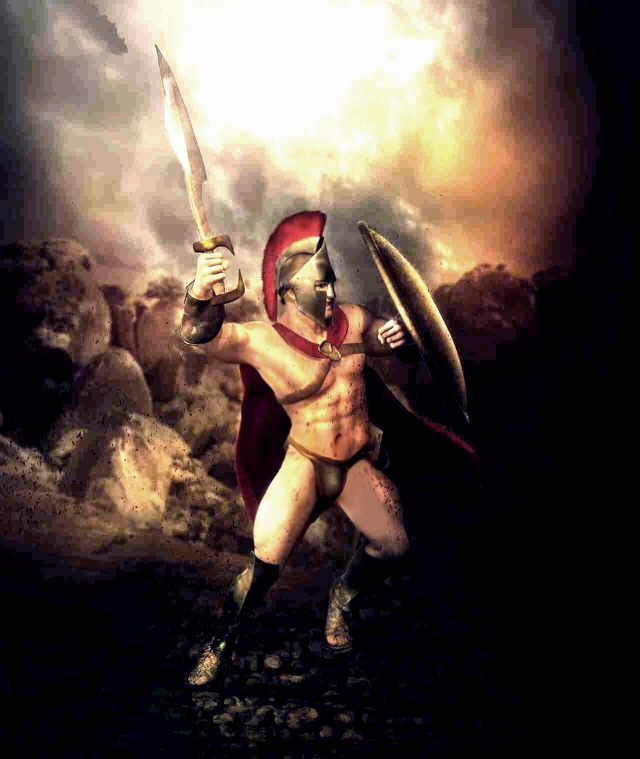


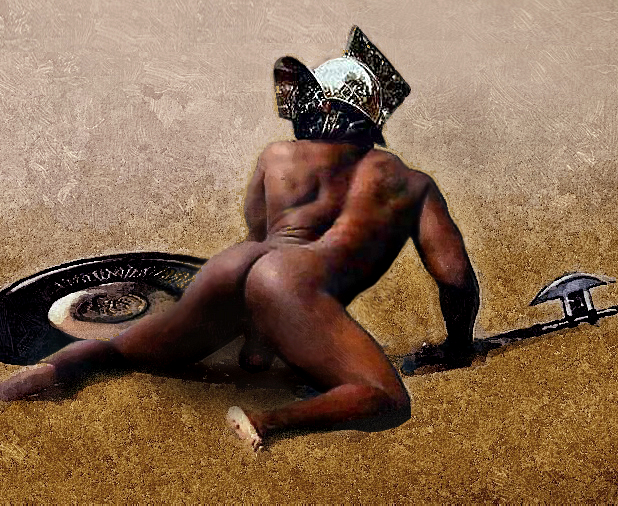

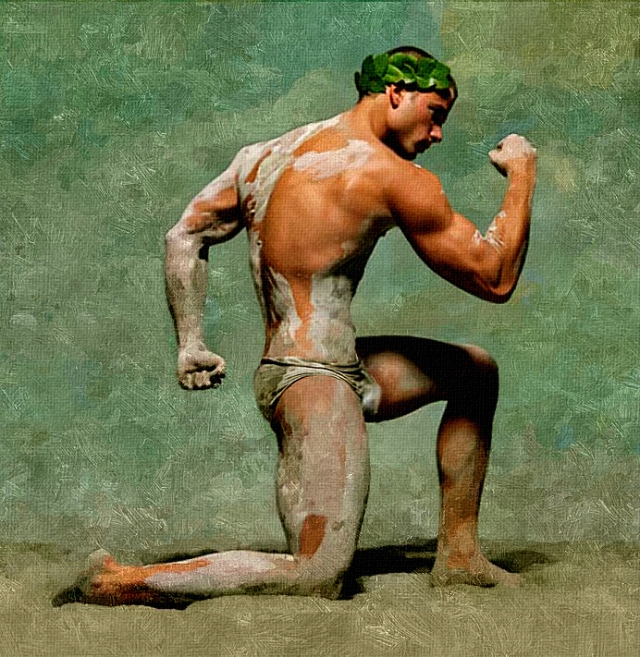


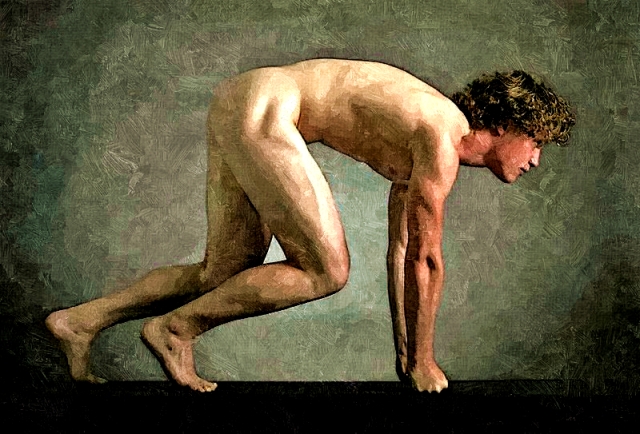

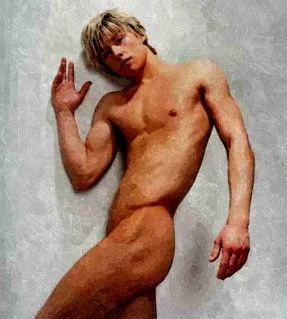




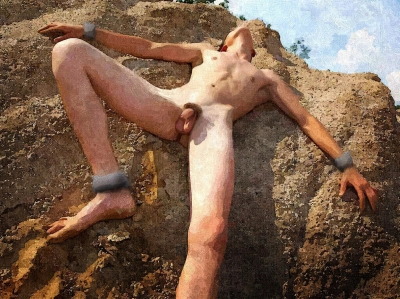
















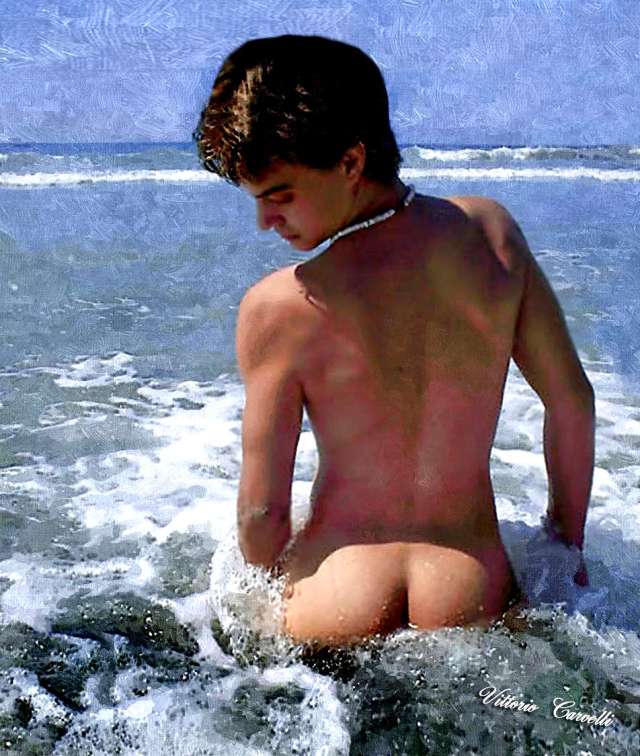


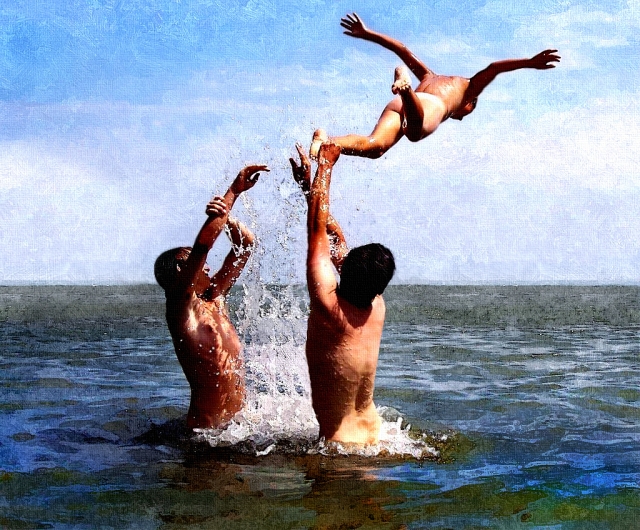

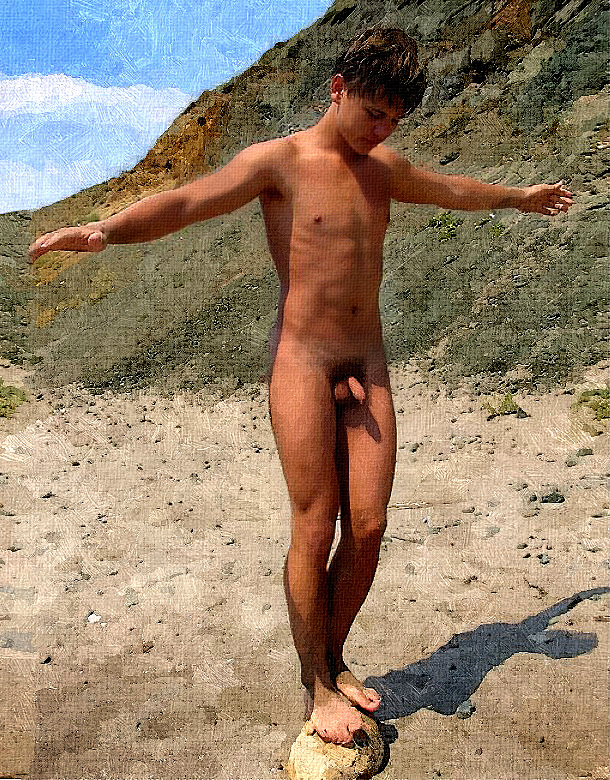







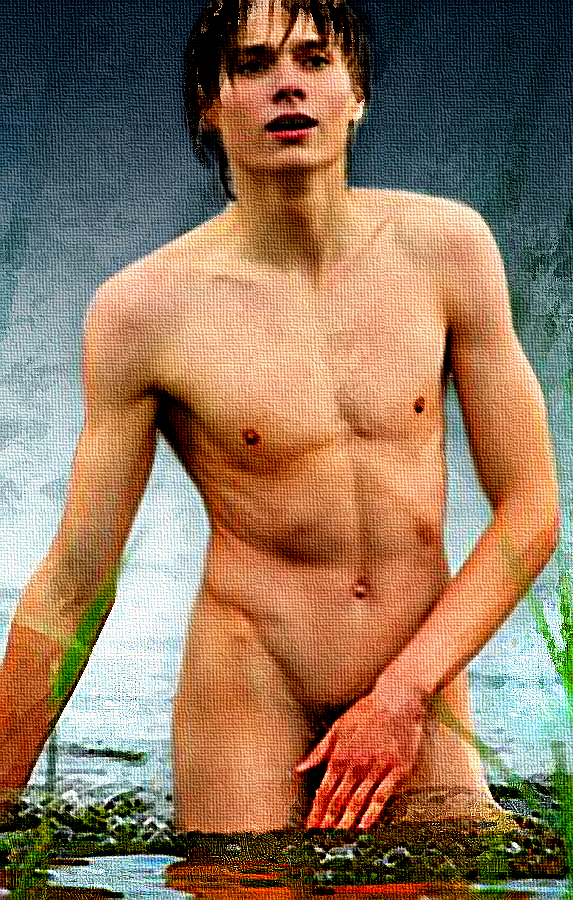






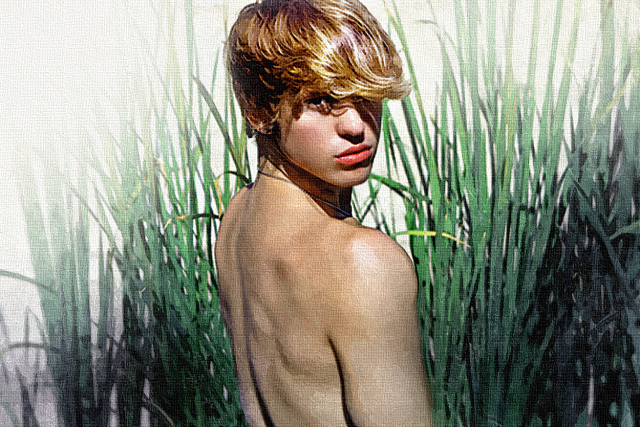




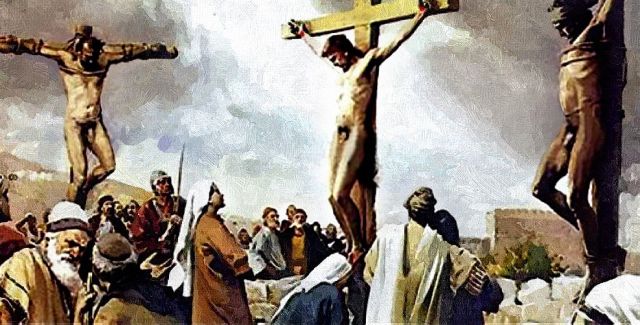





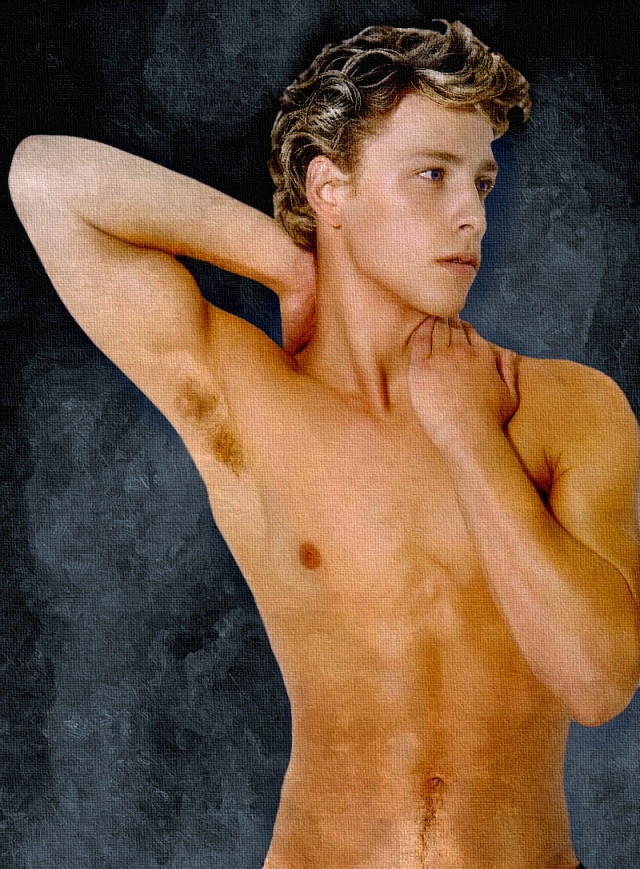







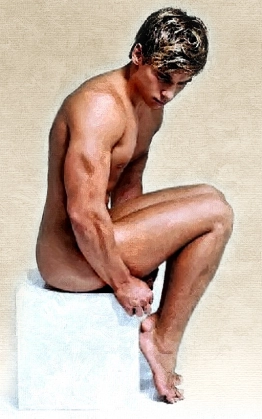













You must be logged in to post a comment.